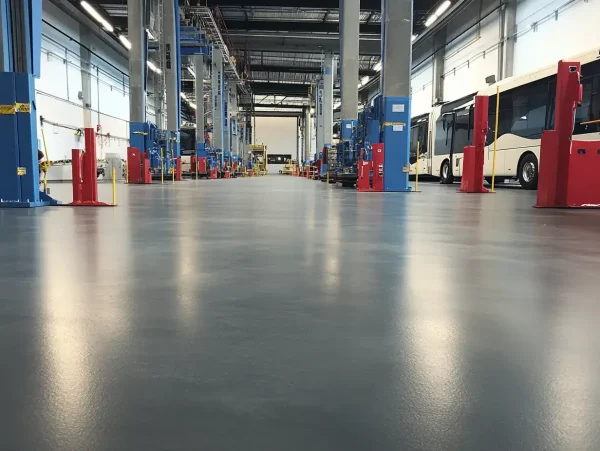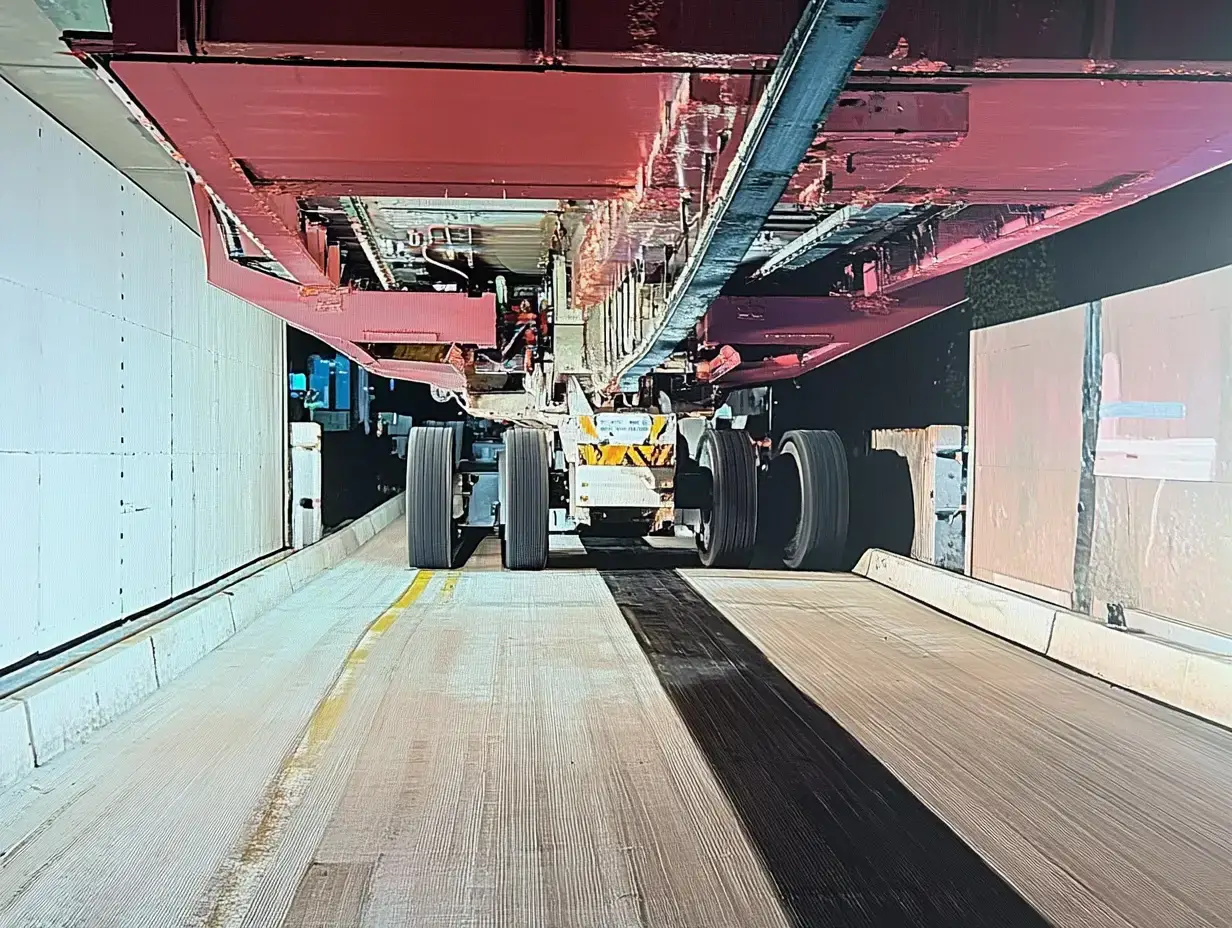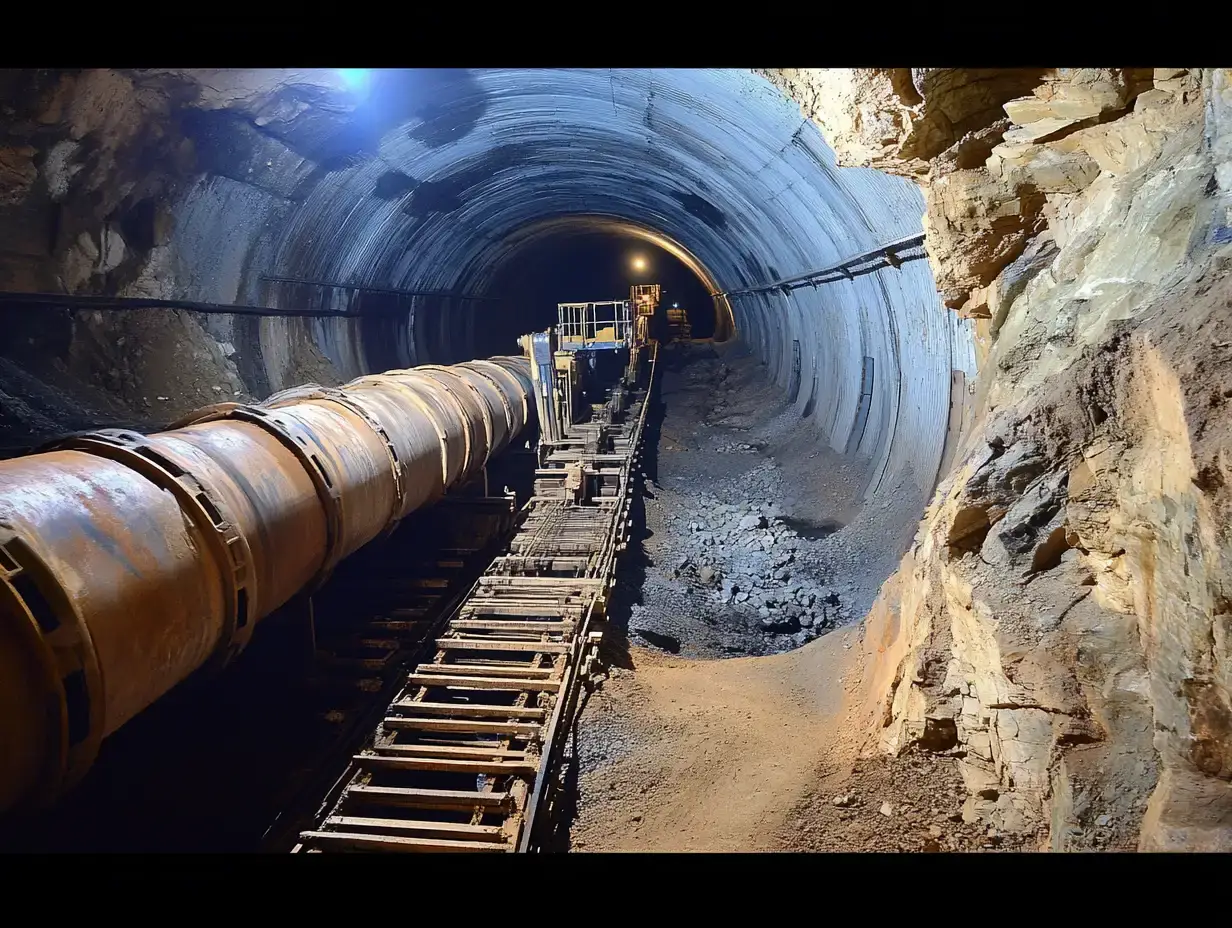
Fiber-reinforced concrete (FRC) has emerged as a critical advancement in construction, providing significant enhancements in durability, strength, and crack resistance. By incorporating various types of fibers—such as steel, polypropylene, glass, carbon, and cellulose—into traditional concrete mixes, engineers and builders can create more resilient and sustainable structures. Here we explore the top five applications where fiber-reinforced concrete delivers exceptional results.
What is Fiber-Reinforced Concrete?
Fiber-reinforced concrete is concrete mixed with fibrous material that increases its structural integrity and durability. These fibers distribute evenly throughout the concrete, forming a reinforcing network that significantly enhances tensile strength, reduces cracking, and improves overall performance under stress.
1. Industrial and Commercial Flooring
Industrial and commercial floors are often subjected to heavy loads, constant traffic, and harsh environmental conditions. Fiber-reinforced concrete, particularly with steel or polypropylene fibers, dramatically improves performance under these demanding conditions.
Benefits:
- Reduced shrinkage and cracking
- Enhanced impact and abrasion resistance
- Improved load-bearing capabilities
- Lower maintenance and repair costs
Real-World Application:
Warehouses, manufacturing plants, distribution centers, and retail facilities frequently use FRC flooring, providing significantly longer service life with minimal downtime.
2. Pavements and Roadways
Road infrastructure requires concrete that can withstand extreme weather fluctuations, heavy traffic, and continuous wear. Fiber-reinforced concrete enhances the resilience and lifespan of pavement surfaces, reducing the need for frequent maintenance.
Benefits:
- Superior resistance to freeze-thaw cycles
- Enhanced fatigue resistance under repeated traffic loads
- Increased durability against rutting and pothole formation
Real-World Application:
Major transportation departments, including several state DOTs, now use fiber-reinforced concrete extensively for highway repairs, airport runways, and urban roadway improvements to extend service life and improve durability.

3. Tunnel and Mining Construction
Fiber-reinforced concrete, especially when employing steel and polypropylene fibers, is ideally suited for tunneling and mining projects, offering substantial improvements in stability and safety.
Benefits:
- Exceptional crack control and structural integrity
- Improved fire and impact resistance
- Enhanced durability against underground water and chemical attack
Real-World Application:
In major tunnel constructions such as subway systems and mining operations, FRC significantly enhances shotcrete linings, ensuring structural stability, worker safety, and long-term performance.

4. Bridge Decks and Structures
Bridges are critical infrastructure elements requiring materials that maintain structural integrity under continuous dynamic loads and environmental stress. Fiber-reinforced concrete dramatically improves durability, especially in bridge deck applications.
Benefits:
- Superior crack resistance and structural integrity
- Improved corrosion resistance, especially compared to traditional steel reinforcement
- Enhanced load-carrying capacity and reduced maintenance
Real-World Application:
State transportation agencies have adopted FRC for bridge deck replacements and repairs. A prominent example includes various highway bridges where incorporating fiber reinforcement has significantly reduced lifecycle maintenance costs and improved safety.

5. Precast Concrete Elements
Precast concrete products must withstand stresses during manufacturing, transportation, installation, and use. Fiber-reinforced concrete enhances these elements’ quality, durability, and structural performance, making them particularly valuable in precast production.
Benefits:
- Reduced cracking and enhanced tensile strength
- Improved impact resistance during transportation and installation
- Increased design flexibility and durability
Real-World Application:
Fiber-reinforced concrete is commonly used in precast panels, beams, and structural elements for commercial buildings, parking garages, and architectural façades, significantly improving product longevity and reducing overall project timelines.
Choosing the Right Fiber Type
Different fibers offer varying benefits, so selecting the right type of fiber-reinforced concrete depends on the specific project requirements and environmental conditions:
- Steel fibers: Exceptional structural reinforcement for heavy-load applications.
- Polypropylene fibers: Ideal for shrinkage crack control and general applications.
- Glass fibers: Excellent for architectural details and thin-walled elements.
- Carbon fibers: Superior for structural strengthening and retrofitting applications.
- Cellulose fibers: Useful for improved workability, especially in sustainable applications.
Frequently Asked Questions (FAQs)
Q: How does fiber-reinforced concrete differ from traditional concrete?
A: Fiber-reinforced concrete includes fibers that significantly enhance tensile strength, reduce cracking, and improve overall durability compared to traditional concrete.
Q: Can fiber-reinforced concrete replace steel reinforcement?
A: While fibers enhance concrete properties significantly, they often complement rather than entirely replace traditional steel reinforcement, especially in major structural applications.
Q: Is fiber-reinforced concrete more expensive?
A: Initially, fiber-reinforced concrete may involve slightly higher material costs. However, significant long-term savings through reduced maintenance, repairs, and enhanced durability make it highly cost-effective overall.
Conclusion
Fiber-reinforced concrete offers superior solutions across diverse construction applications, from industrial flooring to transportation infrastructure and precast products. Its significant durability, strength, and crack resistance improvements make it an essential material choice in contemporary construction. By selecting the appropriate fiber type, construction professionals can maximize their projects’ performance and cost-efficiency.
For guidance on selecting and implementing fiber-reinforced concrete for your next project, reach out to our expert team for personalized support and solutions.



